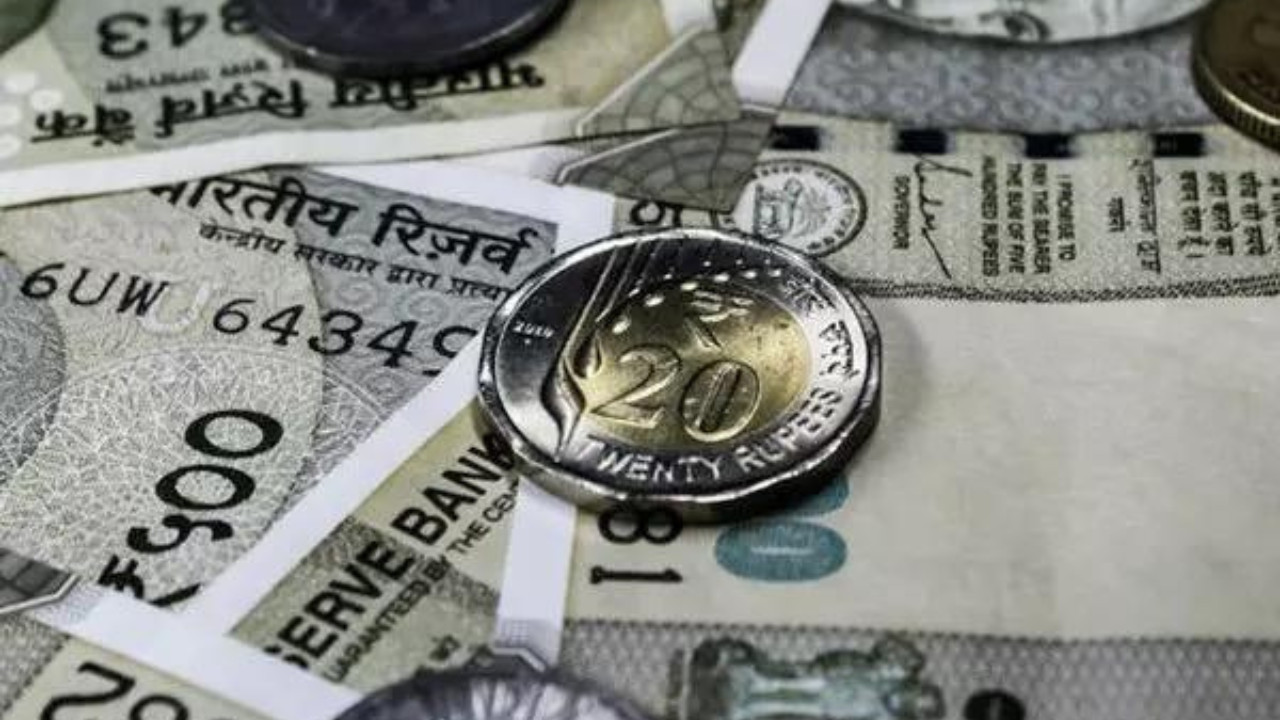India’s foreign exchange reserves decreased by $1.24 billion to $691.49 billion in the week ending May 30, according to RBI data. Despite this dip, the central bank assures that the reserve buffer remains strong, covering 11 months of imports and a significant portion of external debt. Foreign currency assets fell, while gold holdings increased, nearly doubling their share since 2021.
India’s Forex Fortune: A Slight Dip, But No Need to Panic (Yet)
Okay, folks, let’s talk money – specifically, India’s money, parked safely in the nation’s foreign exchange reserves. The latest word from the Reserve Bank of India (RBI) is in, and it’s a mixed bag. Our forex reserves, those all-important stockpiles of foreign currencies, gold, and other assets, took a bit of a dip in the week ending May 31st, shrinking by $1.24 billion to a total of $651.49 billion.
Now, before you start picturing economic doomsday scenarios, let’s take a deep breath. Dips happen. In the grand scheme of things, $1.24 billion is a relatively small fluctuation in a pot as massive as $651.49 billion. It’s like spilling a teaspoon of water from a swimming pool – noticeable, perhaps, but hardly catastrophic.
So, why the dip? Well, foreign exchange reserves aren’t static entities. They’re actively managed by the RBI to ensure the stability of the Indian rupee and to provide a buffer against external shocks. Think of it as the nation’s financial security blanket. The RBI uses these reserves to intervene in the currency markets, buying or selling dollars, euros, and other currencies to keep the rupee from fluctuating wildly.
A potential reason for this slight decrease? It could be attributed to the RBI selling dollars to stabilise the rupee amidst volatility in global markets. We’ve seen quite a bit of that lately, with geopolitical tensions and shifting global economic policies creating ripples across the world. Managing the rupee’s value requires a deft hand and often involves dipping into the forex reserves.
Another contributing factor could be valuation changes. The value of the euro, the yen, and other currencies held in India’s reserves can fluctuate against the US dollar. A strengthening dollar, for example, can automatically decrease the dollar value of non-dollar assets within the reserve. So, sometimes a “dip” isn’t necessarily about selling off assets, but rather a reflection of global currency market movements.
Now, let’s zoom out and look at the bigger picture. Despite this recent decline, India’s forex reserves are still incredibly robust. They provide a significant cushion against external economic pressures and demonstrate India’s financial strength on the global stage. A healthy reserve allows India to confidently navigate global economic uncertainties, pay for imports, and attract foreign investment. It’s a sign of stability that reassures investors and strengthens the country’s overall economic standing.
Think about it this way: If a country is heavily reliant on imports, a healthy reserve of foreign exchange is crucial for paying for those goods and services, particularly in times of crisis. This ensures that essential supplies, like oil and medical equipment, can continue to flow into the country even when global markets are turbulent.
Furthermore, a strong forex reserve provides the RBI with the firepower to manage the rupee’s exchange rate effectively. Excessive volatility in the currency market can disrupt trade, impact inflation, and create uncertainty for businesses. By intervening in the market, the RBI can smooth out these fluctuations and provide a more stable environment for economic activity.
So, while the latest data shows a minor decline, it’s important to maintain perspective. India’s forex reserves remain at a healthy level, providing a significant buffer against global economic headwinds. The RBI has proven its ability to manage these reserves effectively, ensuring the stability of the rupee and safeguarding the country’s economic interests.
Instead of fixating on this single data point, the more relevant question is: how is the RBI using these reserves? Are they being deployed strategically to promote growth, support the rupee, and attract foreign investment? These are the factors that will ultimately determine India’s long-term economic trajectory.
The world of finance is rarely a straight line upwards. There are always dips and bumps along the road. The key is to maintain a steady hand on the tiller and to navigate these challenges with wisdom and foresight. And based on the overall health of India’s forex reserves, it looks like the RBI is doing just that. So, let’s not hit the panic button just yet. We’re in a good place, and with prudent management, we can continue to strengthen our financial position in the years to come. The slightly lower figure is just a blip in the radar, not the iceberg.
📬 Stay informed — follow us for more insightful updates!







